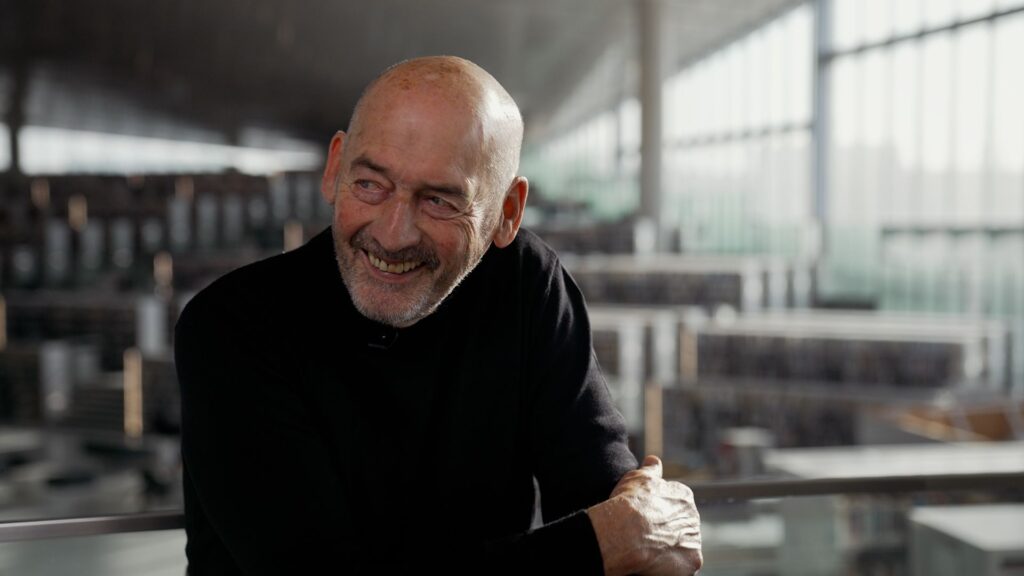Introduction
Renowned for his innovative architectural designs, Rem Koolhaas has persistently challenged the limits of both architectural theory and urban planning. His creative concepts and forward-thinking projects have not only changed skylines globally but have also provoked stimulating discussions in the fields of architecture and urban planning. This article explores Rem Koolhaas’s important contributions to modern architecture, showcasing his ground-breaking creations like “Delirious New York” and the idea of “Junkspace.”

The Genesis of Innovation: “Delirious New York”
“Delirious New York,” authored by Rem Koolhaas in 1978, is a retroactive manifesto for Manhattan. In this influential book, Koolhaas explores the architecture and development of New York City, presenting a unique narrative that blends design, history, and culture. The book argues that the architectural randomness of New York City is a model for urban design, pushing the boundaries of traditional planning theories. Koolhaas’s reflections in “Delirious New York” provide a compelling interpretation of the city as a landscape of perpetual innovation and cultural chaos, characteristics that have greatly influenced his own architectural designs.

Signature Architectural Styles and Influential Projects
Rem Koolhaas’s architectural style is often characterized by a combination of complex structures and innovative use of space. His work, through the Office for Metropolitan Architecture (OMA), his architectural firm, includes some of the most iconic buildings in contemporary architecture. Key projects include the CCTV Headquarters in Beijing, the Seattle Central Library, and the Casa da Música in Porto. Each of these structures exemplifies Koolhaas’s approach to reinventing the functionalities and aesthetics of modern buildings.

“Junkspace”: A Critical Look at Modern Design
Another significant contribution of Rem Koolhaas to architectural discourse is his critical essay, “Junkspace.” In this work, Koolhaas criticises the contemporary architectural landscape, describing the bulk of modern interiors as “Junkspace” — areas formed by the accumulation of redundant and low-quality spaces that prevail in the globaliaed world. His critique is a bold challenge to the architectural community, urging professionals to rethink design and its impact on everyday life. “Junkspace” prompts a reflection on the sustainability and cultural significance of modern architectural practices.

Legacy and Influence
The work of Rem Koolhaas has not only influenced the physical structure of cities but has also significantly impacted architectural theory and education. His ideas challenge the norms and inspire future generations of architects to think creatively and critically about the spaces they design. As a professor and a thinker, Koolhaas has shaped the minds of many young architects and urban planners through his teachings and writings.
Conclusion
Rem Koolhaas’s architecture and theoretical contributions, including “Delirious New York” and “Junkspace,” have left an indelible mark on the field of architecture. His visionary approach and critical insights continue to provoke debate and inspire innovation in shaping the urban environments of the future. As we continue to explore and inhabit increasingly complex urban spaces, the work of Rem Koolhaas offers essential perspectives on both the limitations and possibilities of architectural and urban design. Rem Koolhaas continues to be a key character in modern architecture through his investigation of novel forms and settings, constantly reminding us of the influence of intelligent and thought-provoking design in the contemporary world.
Feature Image: Rem Koolhaas | Courtesy: CNN
Presidential Palette: The Surprising Artistry of George W. Bush





